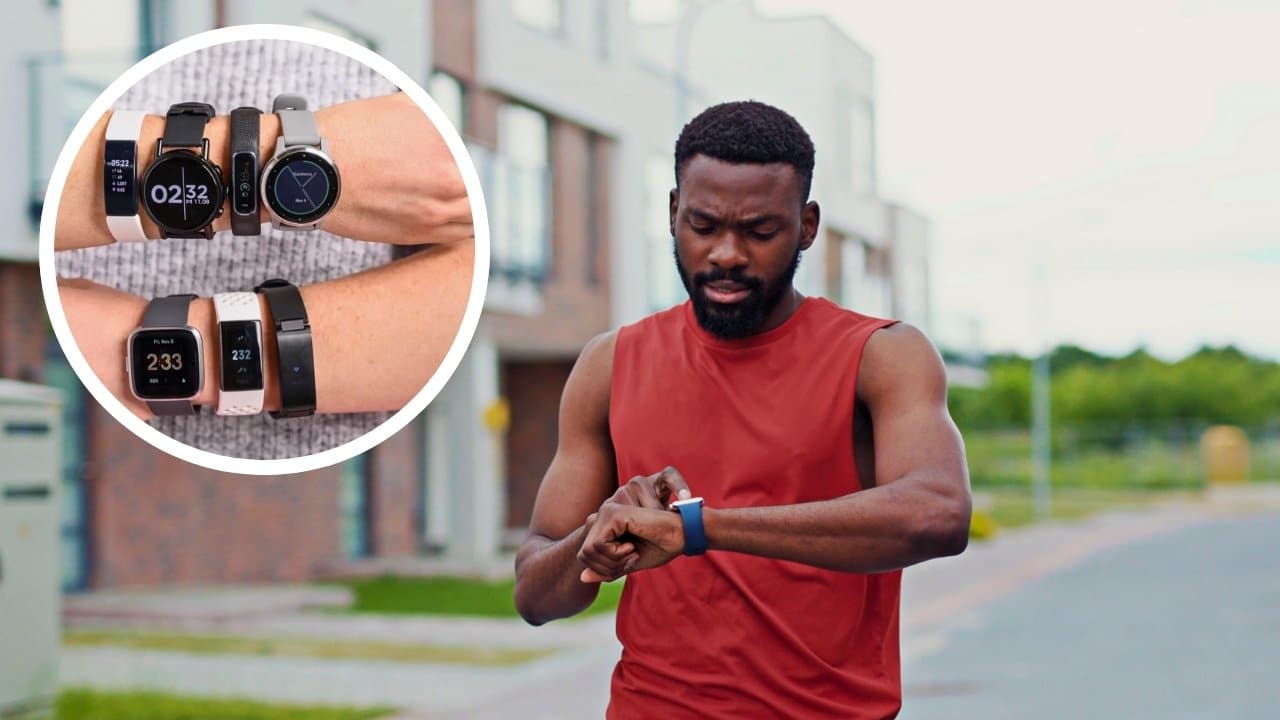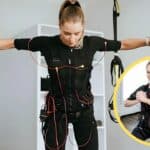If you’ve got a fitness tracker strapped to your wrist, you’re not alone.
These little devices have become a must-have for anyone serious about health. But did you know that up to 40% of fitness tracker users stop wearing them within a few months?
Part of the reason lies in the confusing data they offer. Is the information they’re giving you even accurate?
Let’s cut through the hype and figure out what data to trust.
Jump to:
Understanding Wearable Data
Fitness wearables provide two types of data: measurements and estimates.
Measurements like heart rate and steps are directly recorded with little room for error, making them relatively reliable.
On the other hand, estimates such as sleep quality and calorie burn are calculated based on various data points and algorithms, which can sometimes be misleading.
Marco Altini’s framework categorizes these into straightforward measurements, calculated estimates that could be cross-verified, and speculative estimates that lack empirical validation.
I encourage you to read his article, but here’s the gist of it:
Reliable and Actionable: These are the gold standards, like resting heart rate and HRV. They provide accurate measurements you can use to track trends and make informed decisions.
Somewhat Reliable: Measurements can be accurate in some contexts, but not always. For instance, heart rate during exercise is less reliable than resting heart rate.
Unreliable and Not Actionable: These are estimates, often poorly defined, like “readiness scores” or “stress scores.” They can be misleading and shouldn’t be heavily relied upon.
Reliability of Wearable Data
The accuracy of wearable data varies significantly across different metrics.
While you can generally trust your device to accurately report your heart rate and step count, the precision of estimated metrics like sleep stages and calorie burns is often questionable.
These estimates are typically validated through studies that are conducted after the product hits the market, potentially leading to biases as the manufacturers themselves sometimes fund them.
Heart Rate and Zones: Understanding Your Effort
Your heart rate is one of the most reliable metrics your fitness tracker provides. It can offer valuable insights into the intensity of your workouts. Most trackers divide exercise intensity into “zones,” usually numbered 1 through 5. Here’s what you need to know:
The Importance of Accuracy: While most trackers read heart rate reasonably well, the default zone calculations are often way off. They’re usually based on the overly-simplistic “220 minus your age” formula to predict your maximum heart rate, which is notoriously inaccurate.
Getting Personalized: If you’re serious about heart rate training, consider having a graded exercise test to determine your true maximum heart rate and personalized zones. Alternatively, pay attention to your Rate of Perceived Exertion (RPE), or how hard you feel you’re working, to guide your effort level.
Don’t Be a Slave to the Zones: Zone-based training can be useful, but don’t feel like you always have to hit a specific number. Some days you’ll naturally be in a higher zone than others, and that’s okay.
Remember: Your heart rate is an individual metric. What’s considered “zone 3” for someone else might be your zone 2. Focus on tracking your own heart rate trends and use the zones as a rough guide, not a strict rule.
Usefulness of Wearable Data
Despite their inaccuracies, wearables can still be quite useful. For instance, tracking sleep duration can encourage better sleep habits, and monitoring steps can motivate more physical activity.
However, it’s essential to be wary of metrics like sleep scores or recovery rates, which can be misleading and may not effectively contribute to fitness or health improvements.
Understanding the context and limitations of these estimates is crucial in making them work for you.
Data Worth Paying Attention To
Among the plethora of data your fitness wearable collects, some metrics are more worthy of your attention than others:
- Reliable Metrics: Stick to basics like sleep time and heart rate during exercises; these are generally accurate and helpful.
- Questionable Metrics: Take estimates like calorie burns, sleep quality scores, and readiness scores with a grain of salt. These are often based on generalized algorithms that might not apply accurately to everyone.
- Practical Tips: Use your wearable data as a guide rather than a strict rulebook. For instance, if your device suggests you’ve burned fewer calories, perhaps take it as a cue to move a bit more rather than an exact figure to match your diet to.














